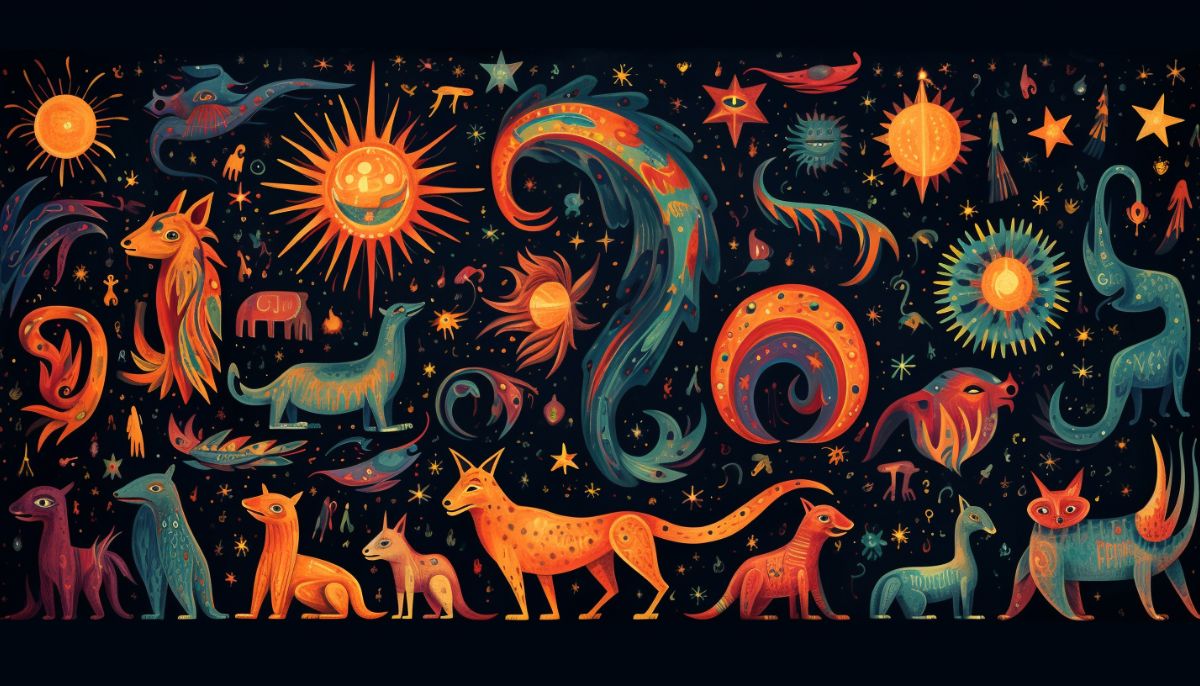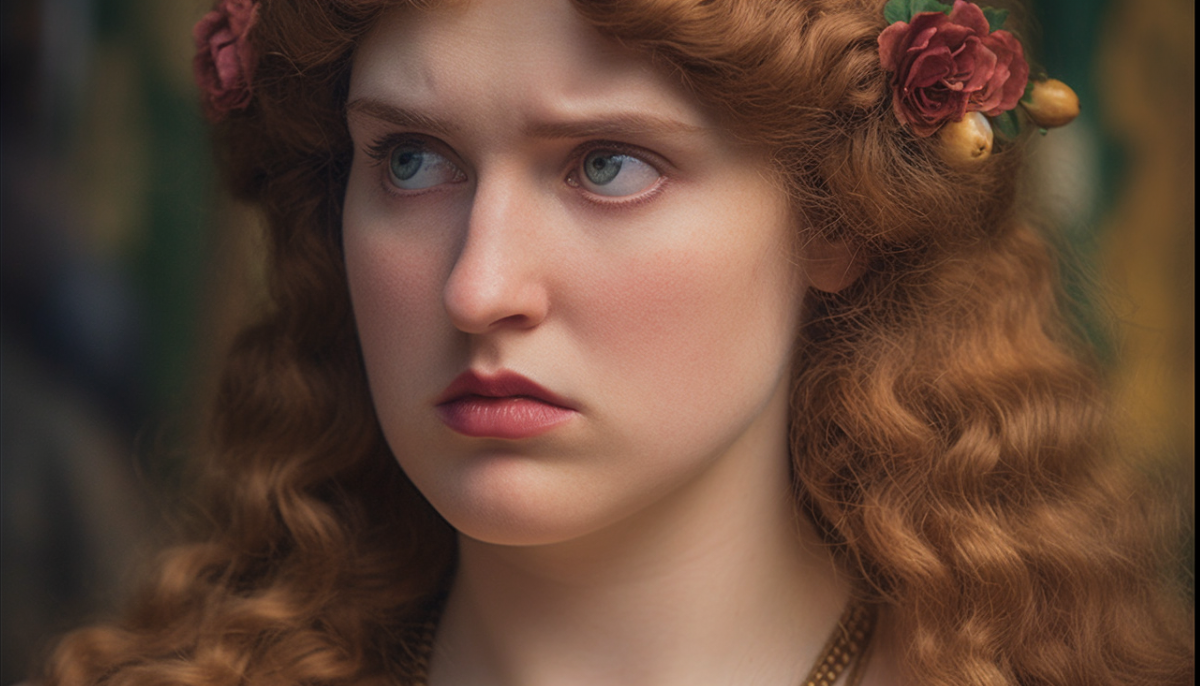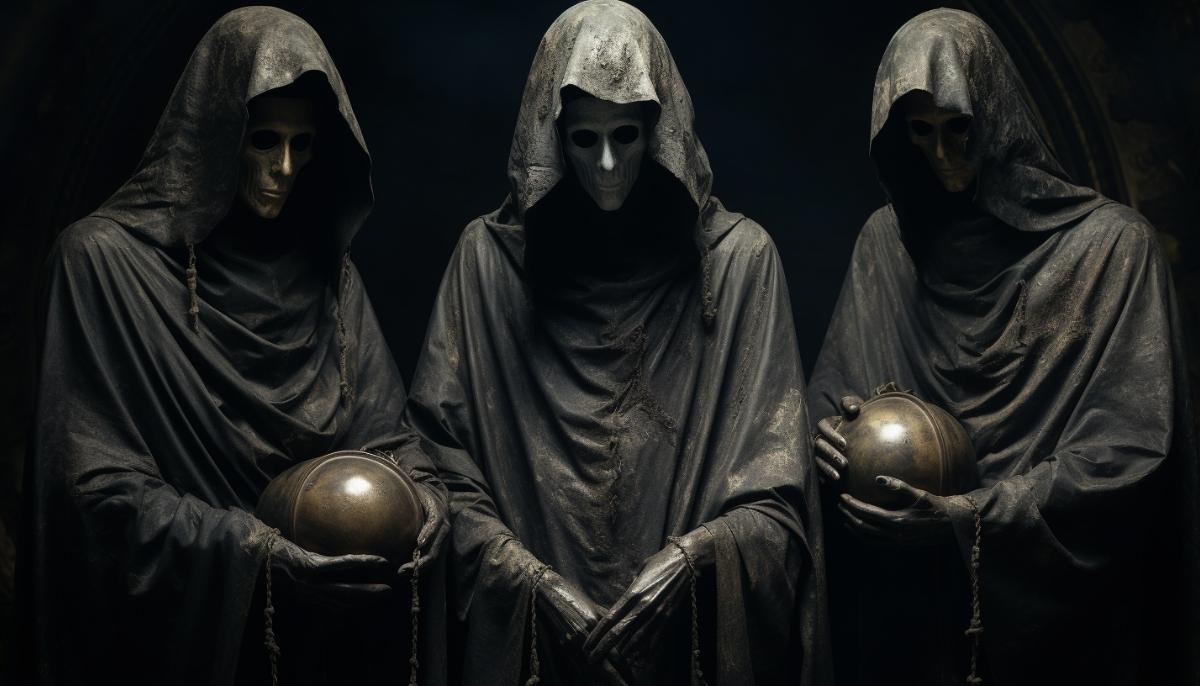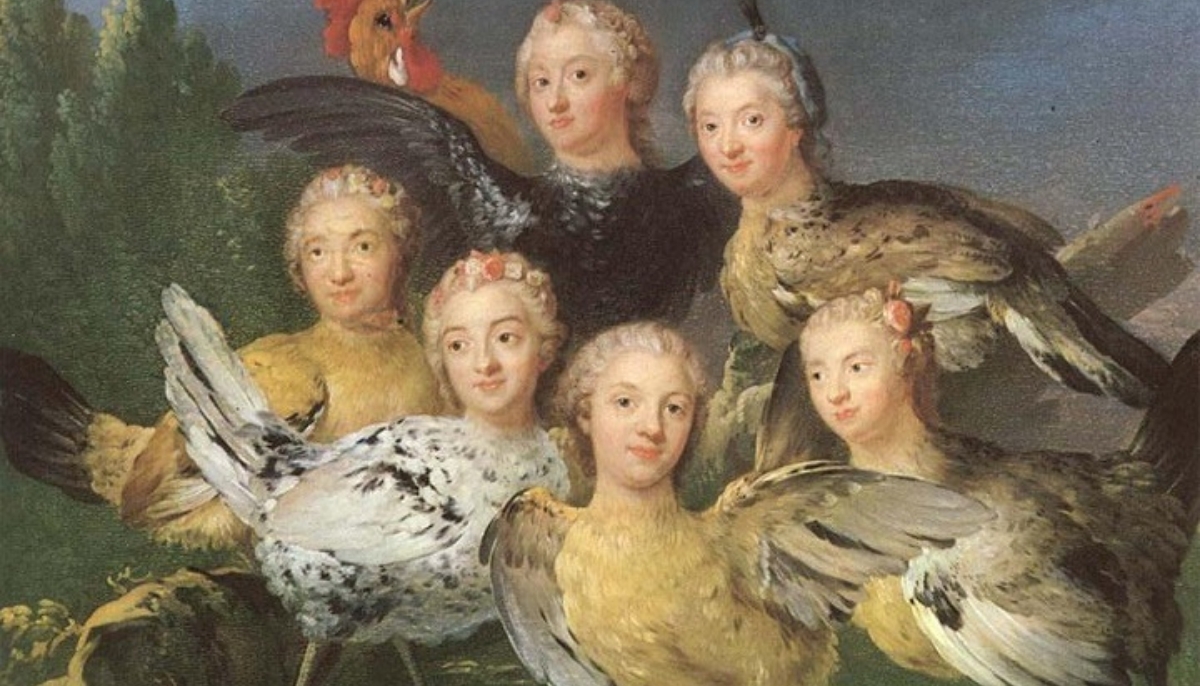In the tapestry of ancient Greek mythology, amidst the heroic exploits of gods and mortals, lies a captivating world teeming with extraordinary beings that have fascinated and haunted the human imagination for centuries.
These enigmatic creatures, collectively known as “Greek Monsters,” have woven their way into the fabric of storytelling and continue to captivate minds.
From towering giants whose footsteps could shake the heavens to mysterious hybrid beings born of divine dalliances, Greek monsters embody the essence of imagination, mystery, and the eternal struggle between the forces of good and evil.
In this comprehensive exploration, we embark on a mythological journey to unlock the secrets of Greek monsters. This hub article serves as a gateway to a trove of knowledge, with links that lead you deeper into the labyrinthine depths of each creature’s lore. Categorized into genres such as giants, mythical creatures, hybrids, and more, we will unveil the consistent tropes that define each category.
Mythical Animals of Greek Mythology
Greek mythology, a treasure trove of fantastical tales, is not confined to gods and mortals alone. Within its rich tapestry, mythical animals play a significant and intriguing role. These creatures, born from the depths of imagination and symbolic in nature, are woven into the very fabric of Greek myth, providing layers of meaning and fascination.
The genesis of these mythical animals often finds its roots in the natural world. For instance, the majestic Pegasus, the winged horse, is believed to have emerged from the sea foam and the blood of the Gorgon Medusa, combining elements of the equine and the avian. This unique fusion symbolizes the ethereal and the earthly, bridging the gap between the mortal and the divine.
Similarly, the Cretan Bull, a symbol of raw power and challenge, was said to be a gift from the sea god Poseidon to King Minos of Crete. The bull’s unrivaled strength and ferocity personified the unpredictable forces of nature, while its role as a test for heroes like Theseus reflects the trials and tribulations that individuals must face in their own journeys.
Learn more about the Mythical Animals of Greek Mythology:
- Calydonian Boar
- Caucasian Eagle
- Cerberus
- Ceryneian Hind
- Cretan Bull
- Crommyonian Sow
- Laelaps
- Nemean Lion
- Pegasus
- Teumessian Fox
Monsters of Greek Mythology
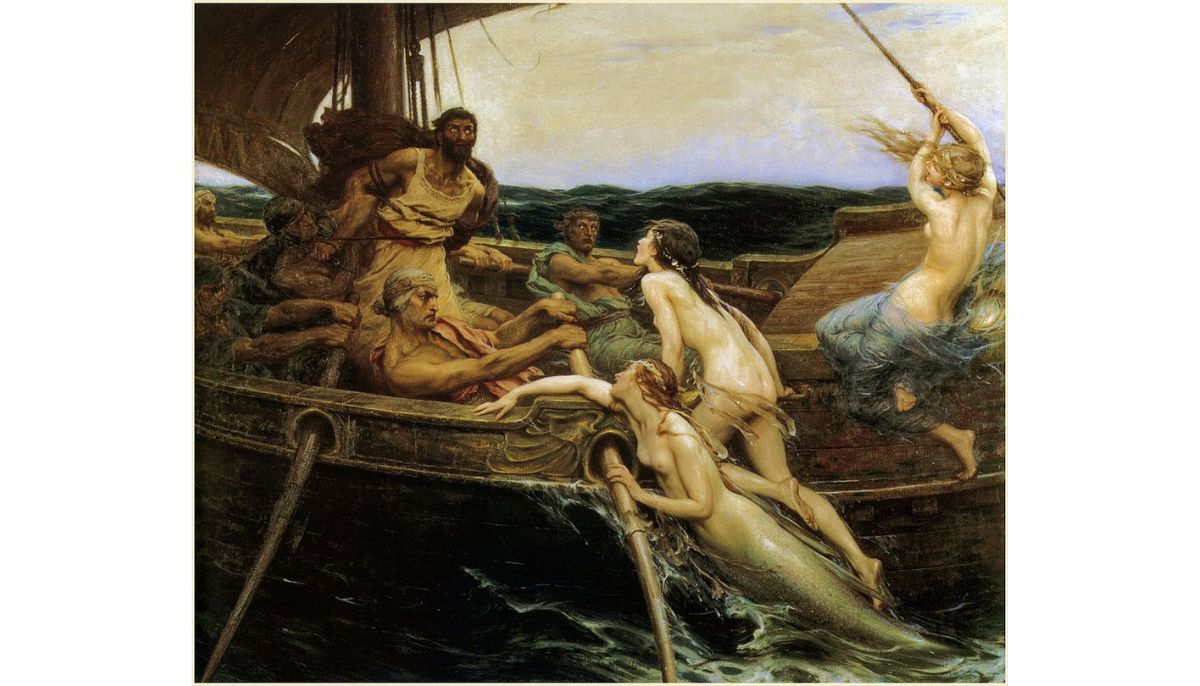
Greek mythology is filled with an array of monsters that infuse depth and intrigue into its narratives. These monstrous creatures, born from the vivid imagination of ancient storytellers, not only serve as formidable adversaries but also symbolize the chaos and challenges inherent in life’s journey.
Within this category, we also find distinct subgenres, such as hybrid creatures and the myriad of serpents and dragons, each with unique symbolism and significance.
Origins and Symbolism of Mythical Monsters
Many of these creatures are the offspring of powerful deities or bear the marks of divine curses, embodying complex symbolism that reflects the multifaceted nature of existence.
For instance, the Gorgons—Medusa and her sisters, Stheno and Euryale—were once beautiful women transformed into grotesque creatures as a divine punishment. Their serpentine hair and petrifying gaze symbolize the dichotomy between beauty and peril, echoing the capricious nature of the divine.
Similarly, the monstrous Chimera, amalgamating a lion’s head, goat’s body, and serpent’s tail, represents the fusion of diverse forms, reflecting the world’s chaotic and unpredictable forces at play.
Learn more about our favorite monsters of Greek Mythology:
Terrifying Hybrids in Greek Mythology
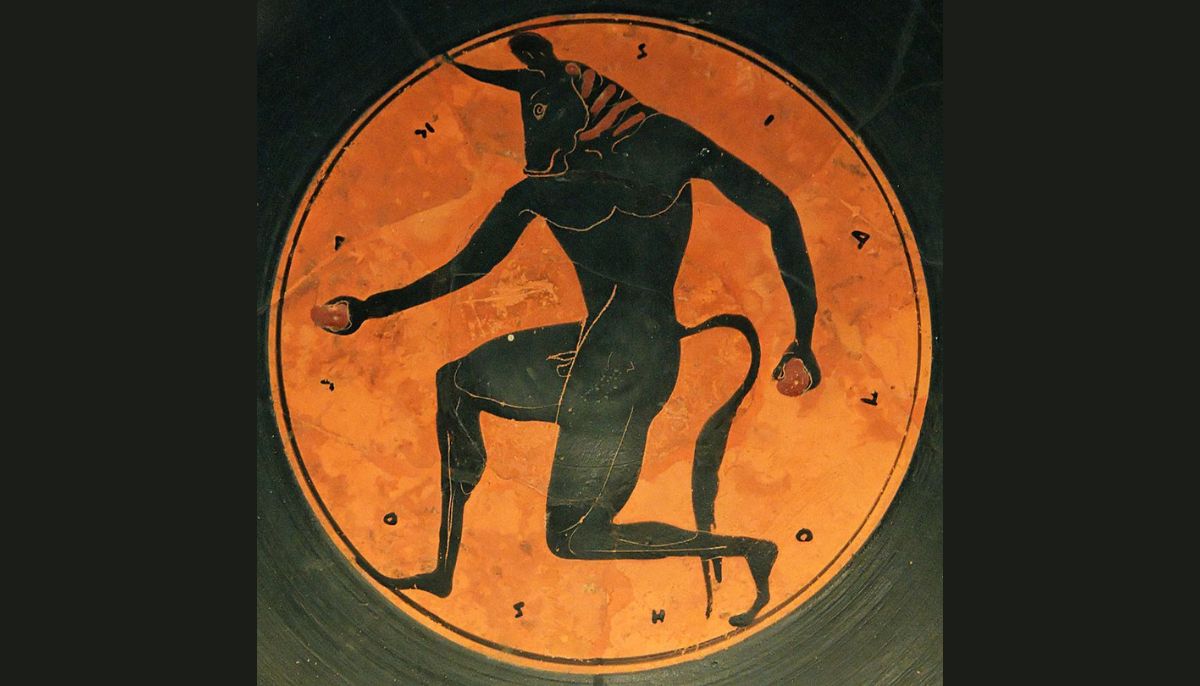
Hybrids are an extraordinary category of creatures, embodying the fusion of different species into singular entities.
These unique beings symbolize the blurring of boundaries and the duality inherent in existence, often showcasing the delicate balance between the extraordinary and the monstrous.
Common Tropes of Hybrids
Hybrids in Greek mythology are typically characterized by their composite forms. They possess attributes from disparate creatures, resulting in fantastical combinations.
Common tropes among hybrids include creatures with the body of a human and the head of an animal, such as the iconic Minotaur – a bull-headed humanoid.
Others may exhibit features like wings, multiple limbs, or other unique characteristics, defying the limitations of the natural world.
The Role of Hybrids in Greek Mythology
Hybrids embody a deep symbolism. They represent the coexistence of opposing forces, reflecting the intricate interplay of human desires and instincts. The Minotaur, for instance, personifies the struggle between civilization and primal urges, locked within the labyrinthine depths of Crete.
In essence, hybrids in Greek mythology serve as powerful metaphors for the human condition, offering a glimpse into the eternal struggle between conflicting aspects of our nature.
Popular Hybrids in Greek Mythology:
Sea Monsters, Seperents, and Dragons in Greek Mythology
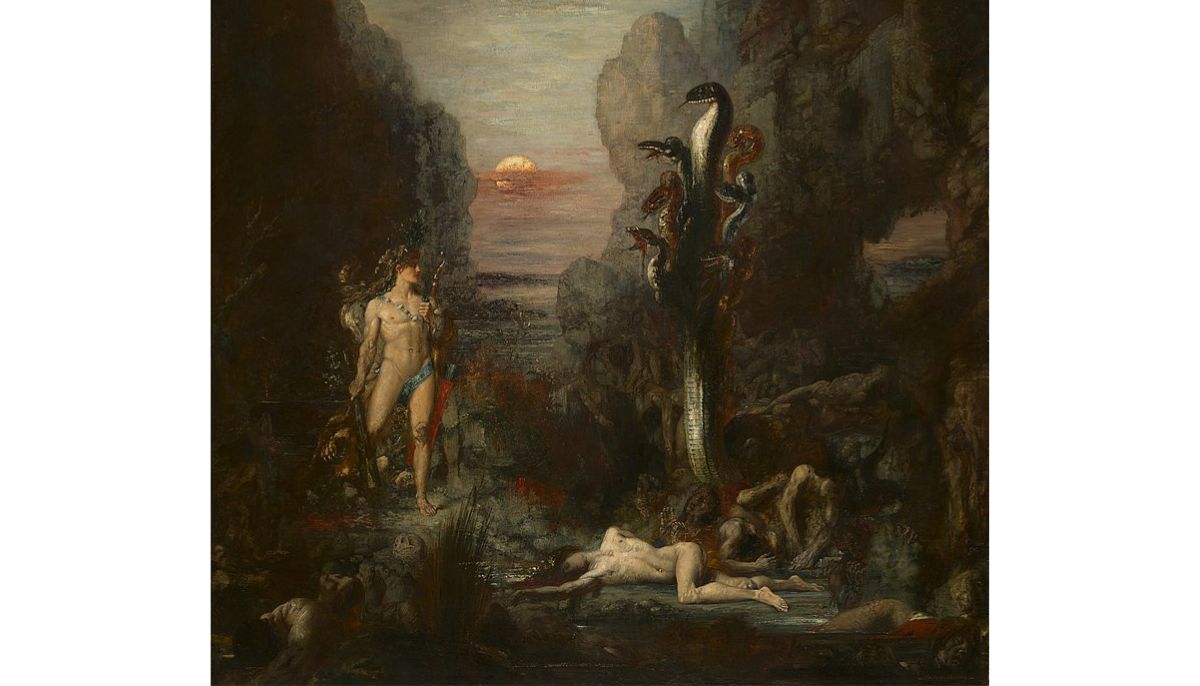
In the vast tapestry of Greek mythology, the deep blue waters of the Mediterranean Sea played a pivotal role in shaping both the culture and the captivating tales of this ancient civilization.
With thousands of islands scattered across its expanse, Greece’s maritime connection was a matter of practicality and a source of inspiration. In all its mysterious beauty and perilous depths, the sea gave rise to many myths featuring sea monsters, dragons, and serpents.
The Greek Love Affair with the Sea
The Greeks’ deep-rooted connection to the sea was no mere coincidence. With over 6,000 islands dotting their landscape, the sea was not merely a barrier but a lifeline, facilitating trade, colonization, and cultural exchange.
Sailing the Aegean and Ionian Seas became the preferred method for traversing long distances, fostering a maritime culture that thrived on exploration and adventure.
This affinity for seafaring inevitably led to the creation of countless myths and legends centered around the sea and its enigmatic denizens.
Sea Monsters: Guardians and Threats of the Deep
Greek mythology teems with stories of sea monsters—creatures that dwell in the vast, uncharted waters, both mystical and menacing. The Kraken-like creature Scylla, with her multiple heads and voracious appetite, was a perilous obstacle for sailors navigating the straits of Messina.
Dragons and Serpents: Guardians of Hidden Treasures
Dragons and serpents, often associated with water, guarded physical and metaphorical treasures in Greek mythology.
The guardian serpent Ladon protected the golden apples in the Garden of the Hesperides, while the god Apollo slew the dragon-like Python to claim the sacred oracle of Delphi.
The intertwining of Greek culture with the sea fostered a rich tapestry of myths, where sea monsters, dragons, and serpents emerged as symbols of nature’s unpredictable and untamable forces.
These tales not only entertained but also conveyed important lessons about resilience, courage, and the enduring human quest for adventure and enlightenment amid the ever-rolling waves of the Mediterranean.
Learn more about the Sea monsters, Serpents, and Dragons of Greek Mythology:
Legendary Tribes and Giants in Greek Mythology
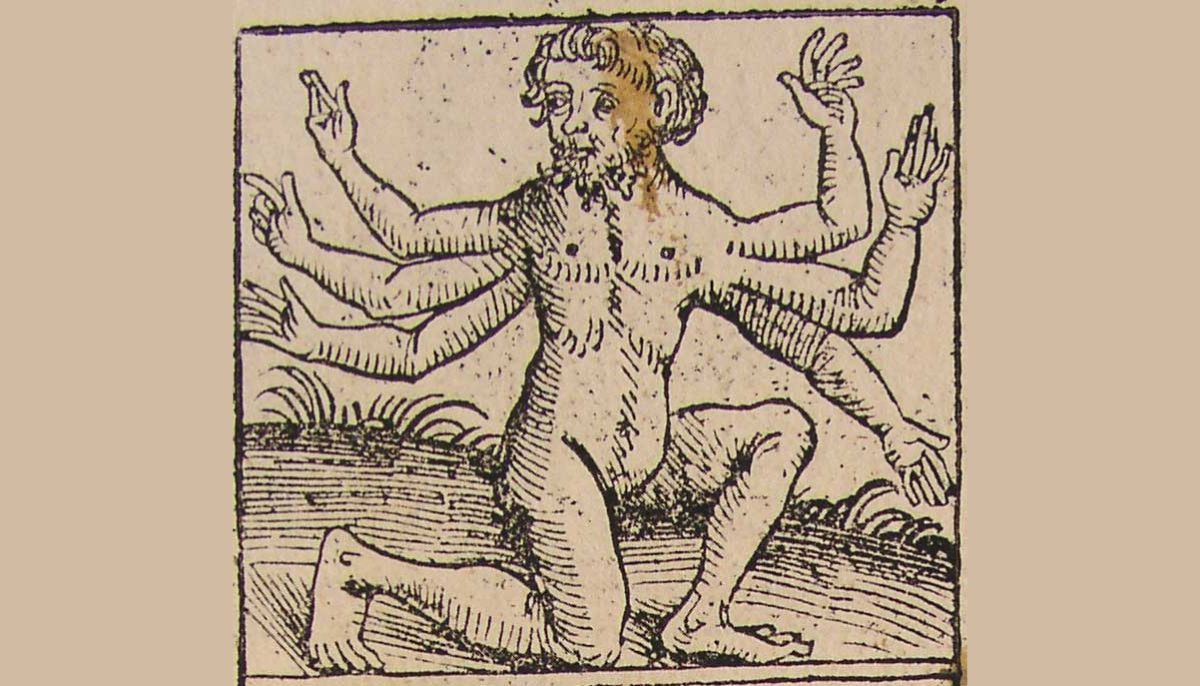
Greek mythology, a realm teeming with extraordinary beings, features legendary tribes and giants as diverse reflections of human potential and the grandeur of the natural world.
These larger-than-life figures, whether colossal or diminutive, embody common tropes that amplify the depth and complexity of Greek myth, offering profound insights into the multifaceted nature of existence.
Symbolism of giants and tribes
Within Greek myth, legendary tribes and giants often serve as symbols of humanity’s relationship with the divine and the environment. Giants frequently engage in epic battles with the gods, symbolizing the perpetual struggle between order and chaos.
These conflicts underscore the need for cosmic balance and the inevitable challenges faced when wielding great power. Giants’ colossal stature mirrors the immense forces of nature, such as earthquakes or volcanic eruptions, reminding us of humanity’s vulnerability in the face of natural calamities.
Conversely, Pygmies, despite their diminutive size, showcase unexpected heroism and courage, emphasizing that heroism transcends physical stature and speaks to the indomitable human spirit.
Role within Greek Mythology
Beyond their individual stories, legendary tribes and giants collectively enrich Greek mythology by highlighting the intricate relationship between humanity and the world around it.
They represent the perpetual interplay between order and chaos, nature and civilization, strength and vulnerability. These tales invite us to contemplate the human condition in all its diversity and complexity.
Learn more about the different Tribes and Giants of Greek Myth:
